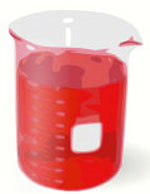

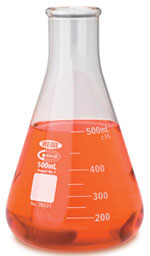
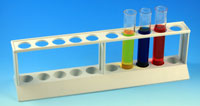
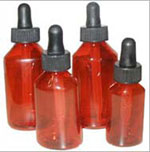
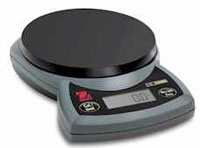
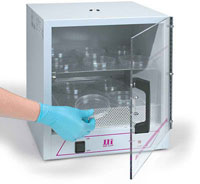
You are probably already familiar with much of the labware that is used in biology. Let's quickly review the basic labware.
Directions: Click on the blanks to see what the best use is for the pictured lab equipment and when not to use this equipment.
| Equipment | Picture | Best Use | When Not to Use | ||
| Beaker |  |
Heating, mixing, pouring liquids | Precise measurement of liquid volume | ||
| Graduated cylinder |  |
Precise measurement of liquids. The smaller the increment of measurement (ex: .5ml vs 1 ml), the greater precision. Also used to determine density of small, and/or irregular objects. | Heating, mixing liquids | ||
| Erlenmeyer flask |  |
Mixing, heating, temporary storage of liquids | Precise measurement of volume | ||
| Test tubes in rack |  |
Mixing, heating, temporary storage of small amounts of chemicals | Precise measurement of volume, testing large amounts of material | ||
| Dropper bottle |  |
With pipette, used to transfer small amounts of liquid to avoid contamination of original liquid source | Very large or very precise transfers of liquid | ||
| Electronic balance |  |
Precise measurement of mass. Used with massing paper or boat to protect balance pan surface. | Masses beyond given range of balance. Note: Tare (return to zero) with massing paper/boat before adding chemical. | ||
| Incubator |  |
Gently warming bacterial cultures | Sterilizing equipment |
In your notes, draw or explain the differences between a beaker, flask, and graduated cylinder uses. List how they are alike.
Sources of images used for this section as they appear, top to bottom: